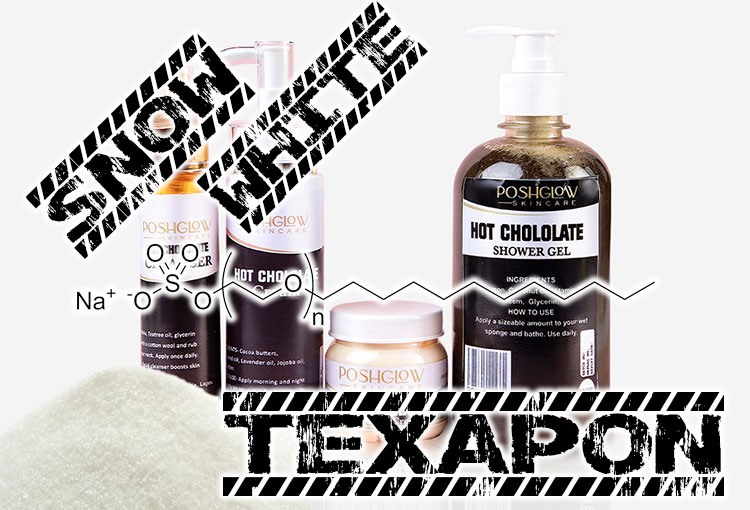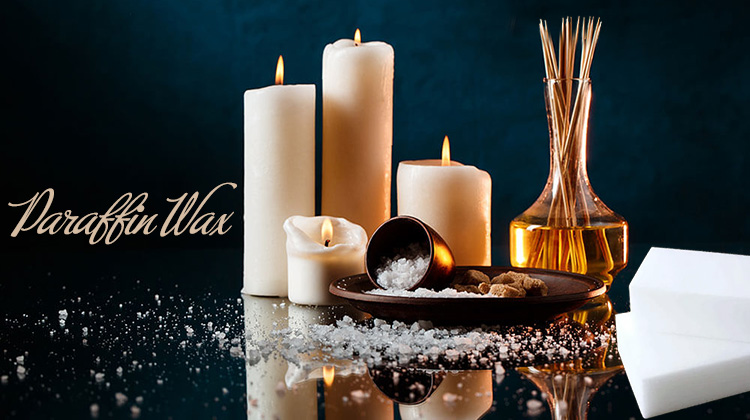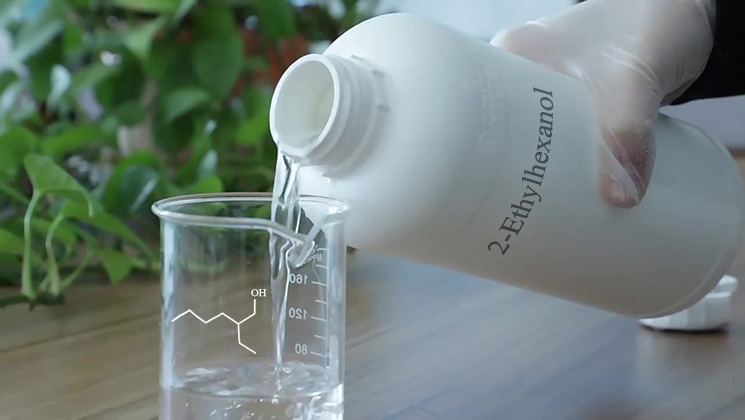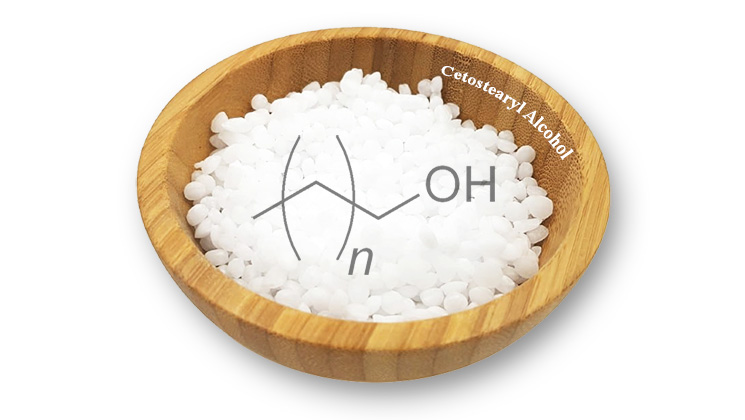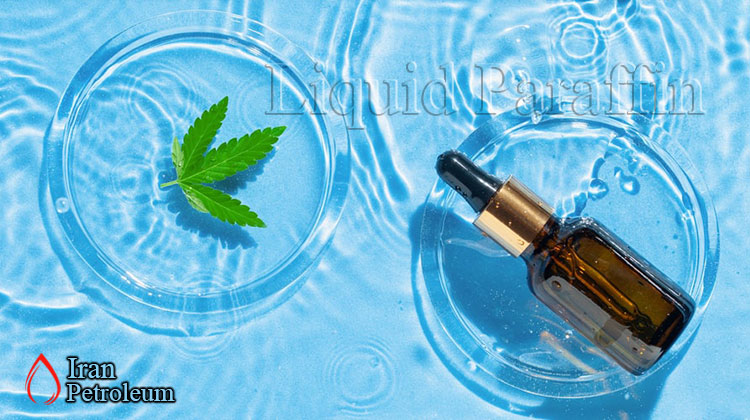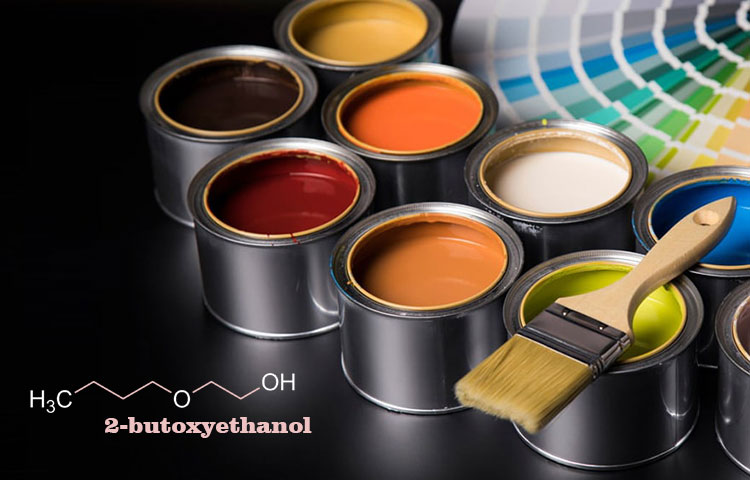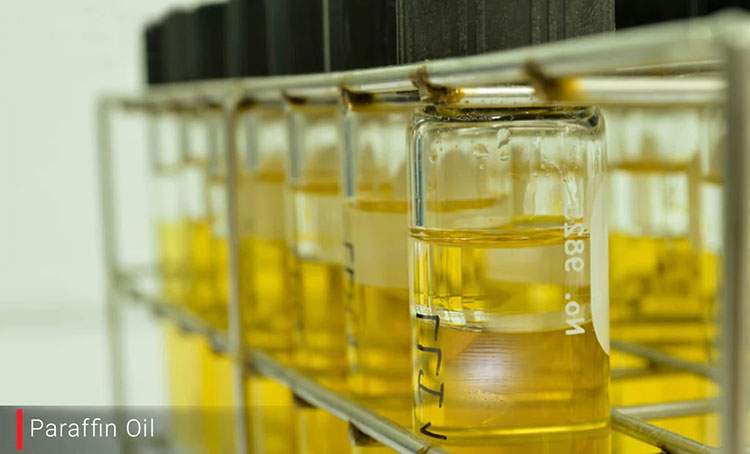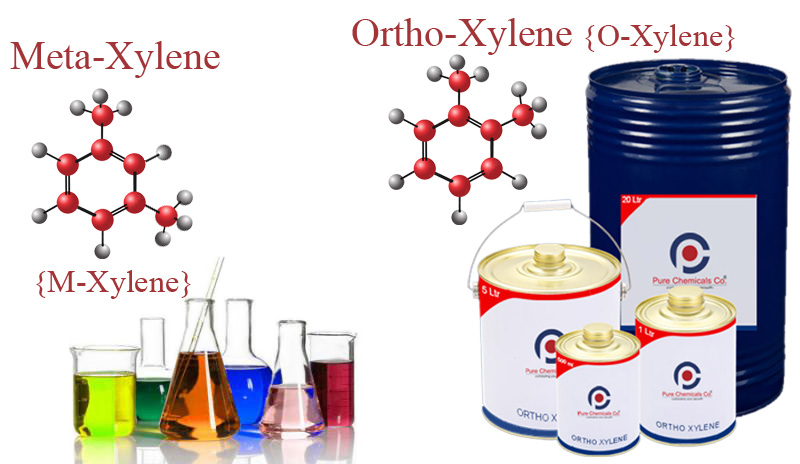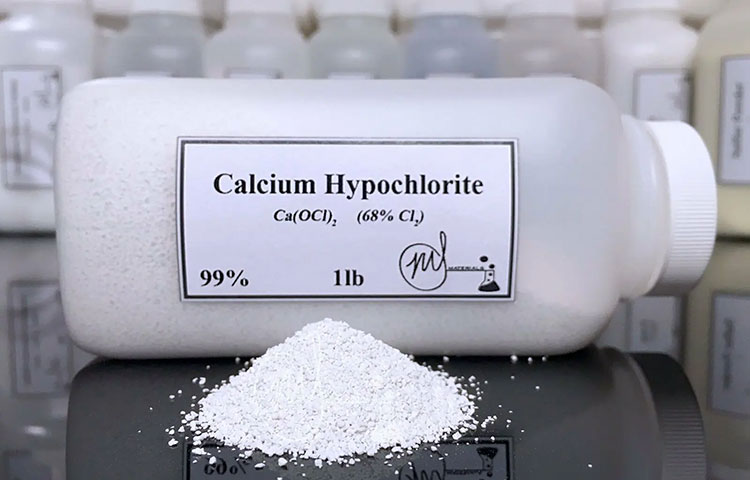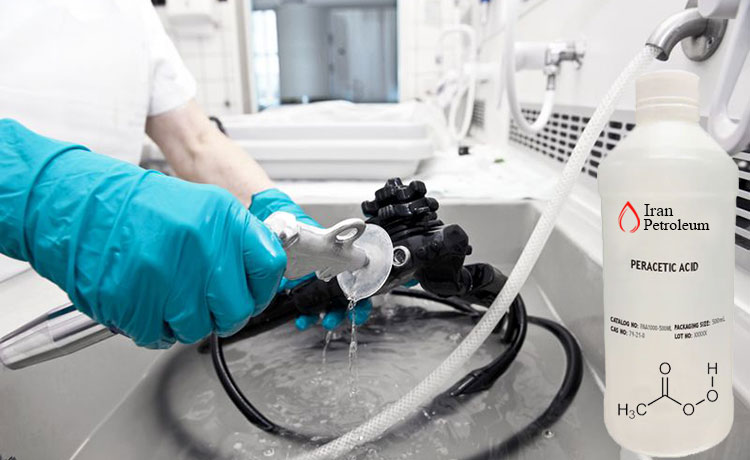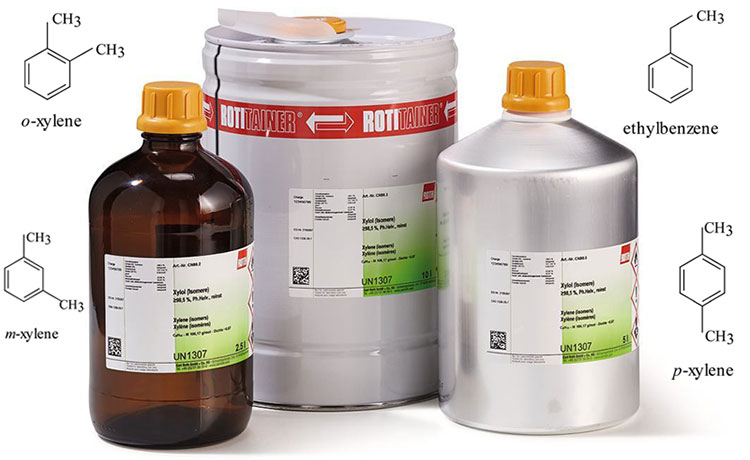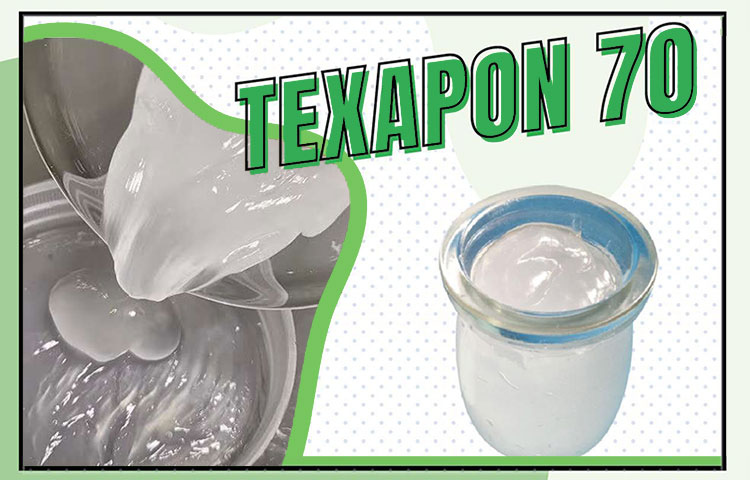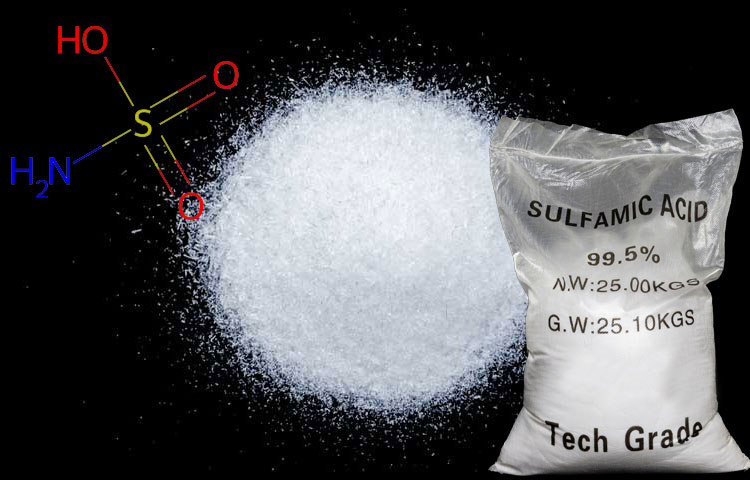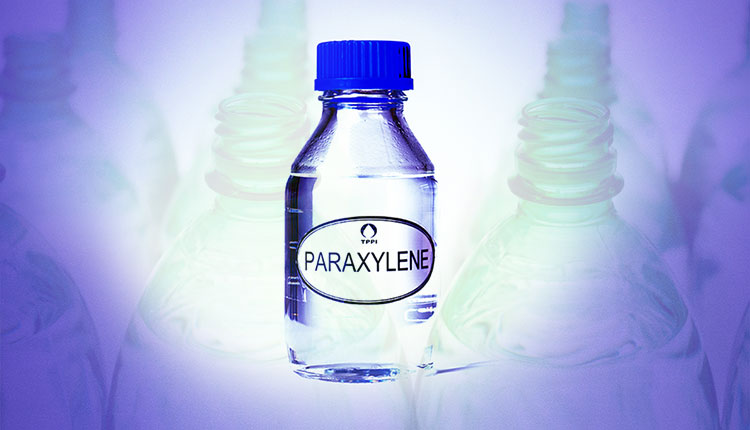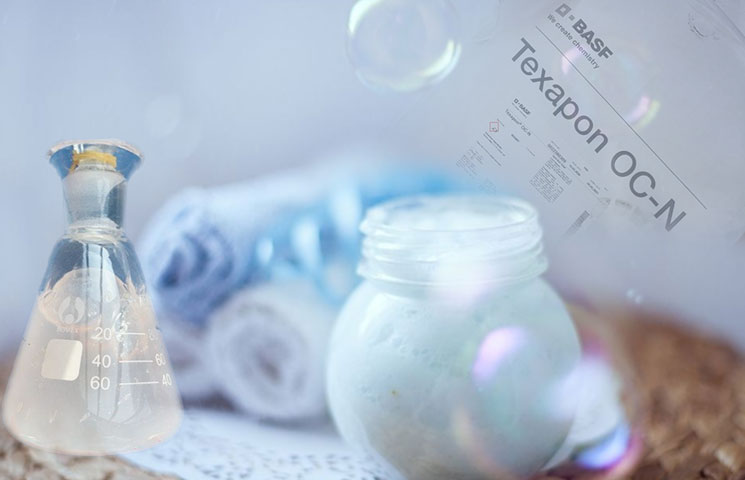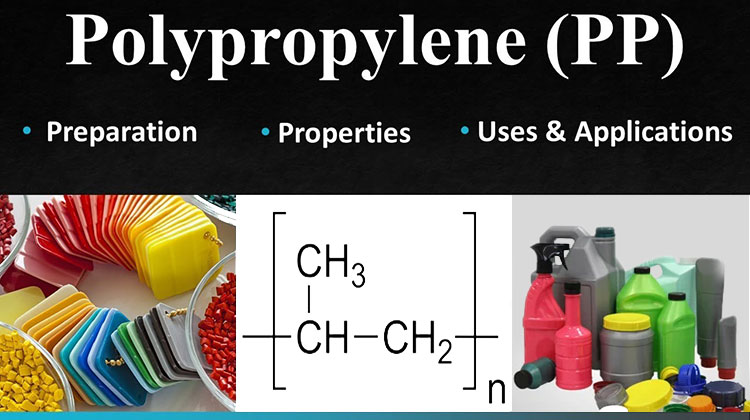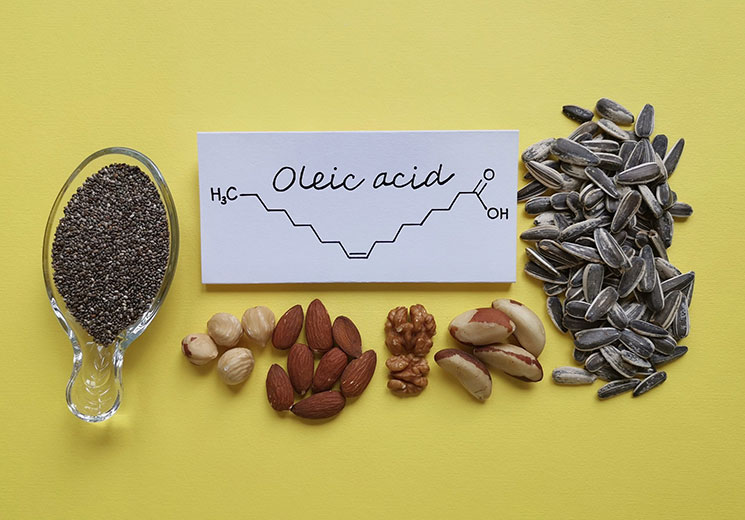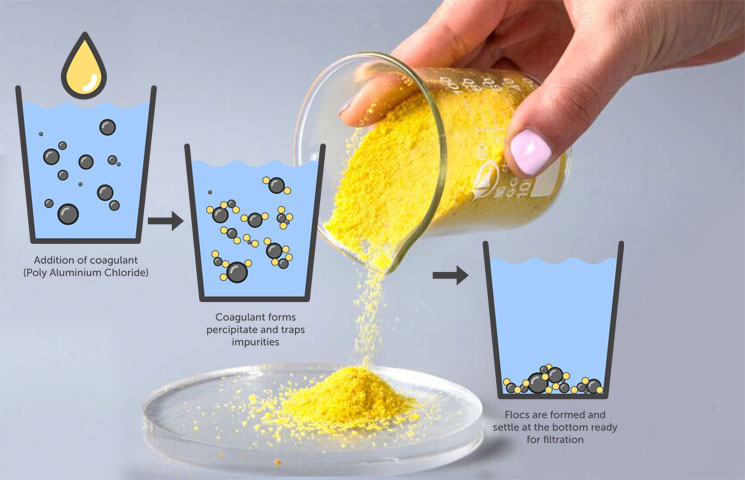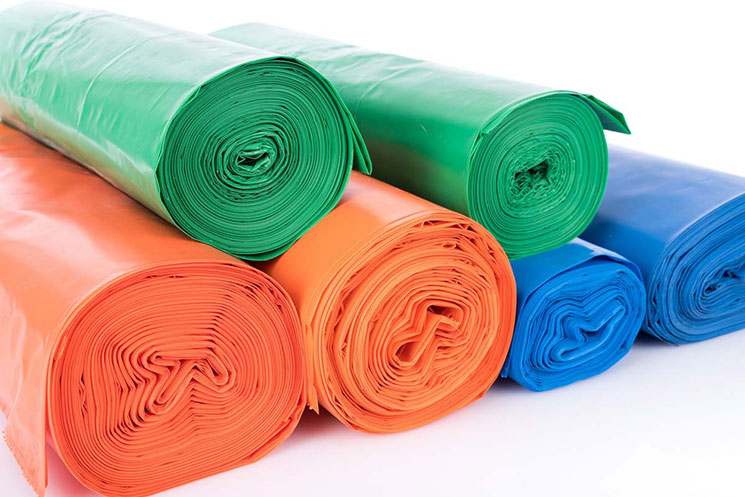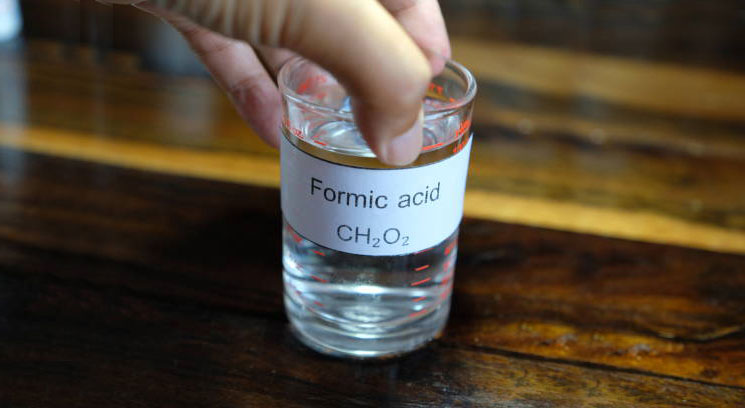Snow-White Texapon - Sodium lauryl sulfate (SLS)
Snow-White Texapon - Sodium lauryl sulfate (SLS)
Sodium dodecyl sulfate or sodium lauryl sulfate, sometimes written as sodium lauryl sulfate, is a synthetic organic compound with the formula CH₃(CH2) ₁₁SO₄Na. It is also known as or Snow-White Texapon.
This anionic surfactant is used in many cleaning and hygiene products. This molecule is an organosulfur and a salt.
Sodium laureth sulfate, an accepted contraction of sodium lauryl ether sulfate, is an anionic detergent and surfactant found in many personal care products. SLES is a cheap and very effective foaming agent.
This composition is in solid form and has a relatively high melting point, which is used to create the desired state of an intermediate paste composition. It is easily consumed in cold processes and creates a shell-like state. Snow -White Texapon is a mixture of Texapon and EGMS/EGDS. In fact, it is the main agent of shelling. This Texapon is responsible for spreading and unfirming the oyster particles. The shape and size of oyster particles have an effect on their stability.
Technical specification table Snow-White Texapon
| name of the material | Snow-White Texapon |
| The chemical formula | NaC12H25SO4 |
| Molecular weight | 288.372 g/mol |
| IUPAC identifier | Sodium lauryl sulfate |
| Density | 1.01 g/cm2 |
| other anions | Sodium laurate sulfate, sodium myrate sulfate |
Application of sodium dodecyl sulfate in Snow-White Texapon
- Sodium dodecyl sulfate, molecular biology grade (SDS), is a detergent known to denature proteins.
- This material is used in non-induction polyacrylamide gel electrophoresis to determine protein molecular weight.
- It appears as a food additive or its synonym sodium lauryl sulfate (SLS), this compound is a safe substance known for food use. It is used as an emulsifier.
- In the production of detergent liquids that have a special shine in their shape, such as liquid soap, shampoos, laundry detergents, dishwashing detergents, and toothpaste.
Click on the link below to read more:
Snow-White Texapon - Sodium lauryl sulfate (SLS)
